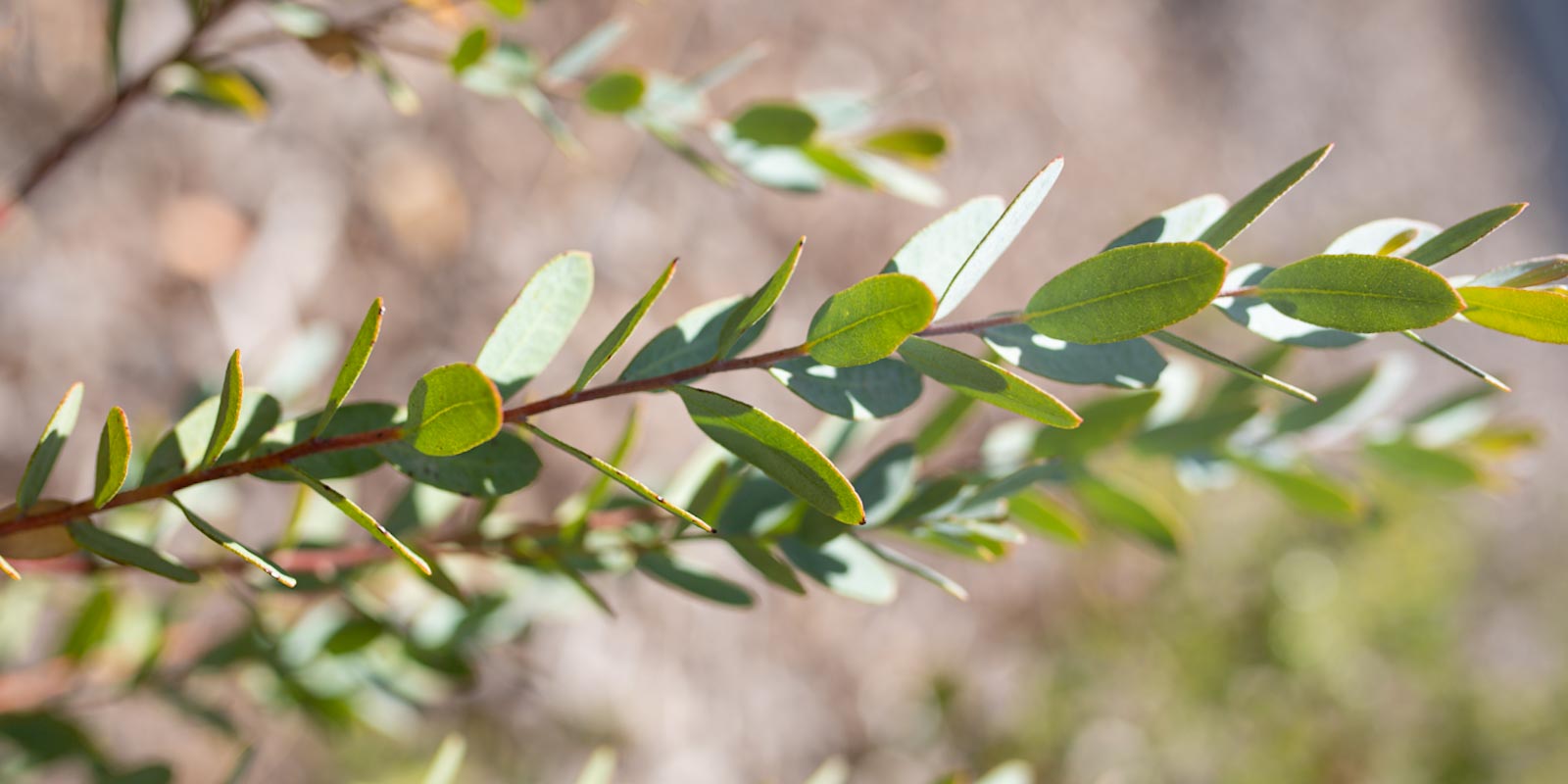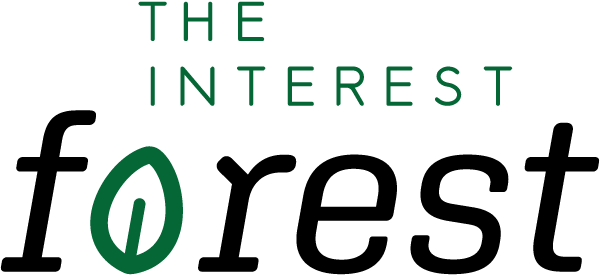
Native Australian plants are integral to nature play.
Early childhood educators can use plants to teach young children about gardening and native Australian wildlife. The best way to attract native animals is to plant native plants!
Educators can extend the learning to include non-native plants and the Australian bush. They can also learn about different parts of plants:
EYLF learning outcomes
Native plants are part of children's identity in Australia, which links to the The Early Years Learning Framework (1.3). Aboriginal and Torres Strait Islander peoples are especially connected to plants and Country.
The EYLF encourages children to connect with natural materials (4.4) and show respect for the environment (2.4).
Learning experiences
Explore the Atlas of Living Australia
The Atlas of Living Australia allows citizens, including children, to explore complex biodiversity data. The most exciting feature of this online tool is entering your address and discovering the plants in your local area.
Children can also use technology to contribute to the atlas. Record your own observations of flora, fauna and fungi.
Attract native bees
Start a mini garden to attract native bees. They are garden helpers, expert pollinators, and wonderful for sustainable communities! Planting a bee-friendly garden will help children understand the value of native plants.
Follow the guide to bee-friendly plants from Aussie Bee.
Set up an indigenous play space
Aboriginal and Torres Strait Islander peoples have extensive uses for native plants. Explain this to your children and provide examples:
- Leaves and grasses can be woven into baskets, mats, fishing lines and nets.
- Edible plants provide nutrition and medicine. Seeds can be pounded into flour.
- Wood can be used for boomerangs and shields.
- Bark can be used to build canoes and baby cradles.
Set up a play space with various loose parts including leaves, sticks, timber, seeds and seed pods. Encourage children to role play using the plants for a purpose. Can they use a leaf as a bandage for their doll or make a pretend cup of tea for a friend?
KU Bel Air Preschool received a Junior Landcare Grant to help set up a project related to sustainability:
"Over the course of the project, the preschool made connections with different Aboriginal communities. This allowed the children to gain a greater understanding and knowledge of native plants, the Awabakal Country where they live, and how the Awabakal people use native flora, seeds and fauna for medicinal purposes, food and decorations.
"The children learnt how certain plants and fruits can grow in different soils and how flowers can blossom at different times of the year. They also learnt that native plants and seeds can be used in cooking, like the Awabakal people have done."
Can you form connections with your local aboriginal community, to learn about native plants in your area?
Explore botanical art
Nicola Woodcock is a Sydney artist who is inspired by Australian plants. Explore her Instagram with your children and discuss her use of line and colour. Can you identify any native plants in her artworks? Can you use her art as inspiration for your own paintings?
Also, explore artists belonging to the Botanical Art Society of Australia.
Resources
Websites
Australian National Herbarium: Information about native plants
Music
Justine Clarke: Gumtree family
